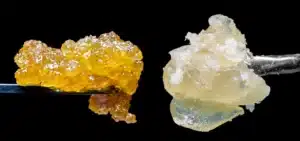Terpenes are volatile compounds found in plants that can degrade quickly if not handled and stored properly. For growers, extractors, and dispensary operators, preserving terpenes is essential to maintain product quality, potency, and consistency.
Using the right equipment and storage methods can significantly slow down terpene loss. From airtight containers to temperature-controlled storage solutions, the right tools make all the difference in terpene preservation. In this guide, we’ll explore 20 practical ways to preserve terpenes, focusing on equipment, handling practices, and storage techniques.
Sections
ToggleUnderstanding Terpenes
Terpenes are naturally occurring compounds in plants that are sensitive to environmental conditions. While they are not permanent, proper handling and storage can help protect their integrity. By implementing the right techniques and using specialized equipment, operators can ensure that terpene levels remain as stable as possible throughout harvesting, curing, and storage.
Why Terpenes Are Fragile
Several factors cause terpene degradation:
- Temperature fluctuations: Excess heat can break down terpenes.
- Light exposure: UV light can damage terpene compounds.
- Oxygen exposure: Air accelerates oxidation.
- Time: Even under ideal conditions, terpene levels decrease over long periods.
Using the proper equipment, containers, and monitoring tools can mitigate these issues and protect terpenes for longer durations.
20 Best Ways to Preserve Terpenes
To help you become a pro terpene saver, here we share 20 best terpene preservation ways across several aspects:
Handling and Storage
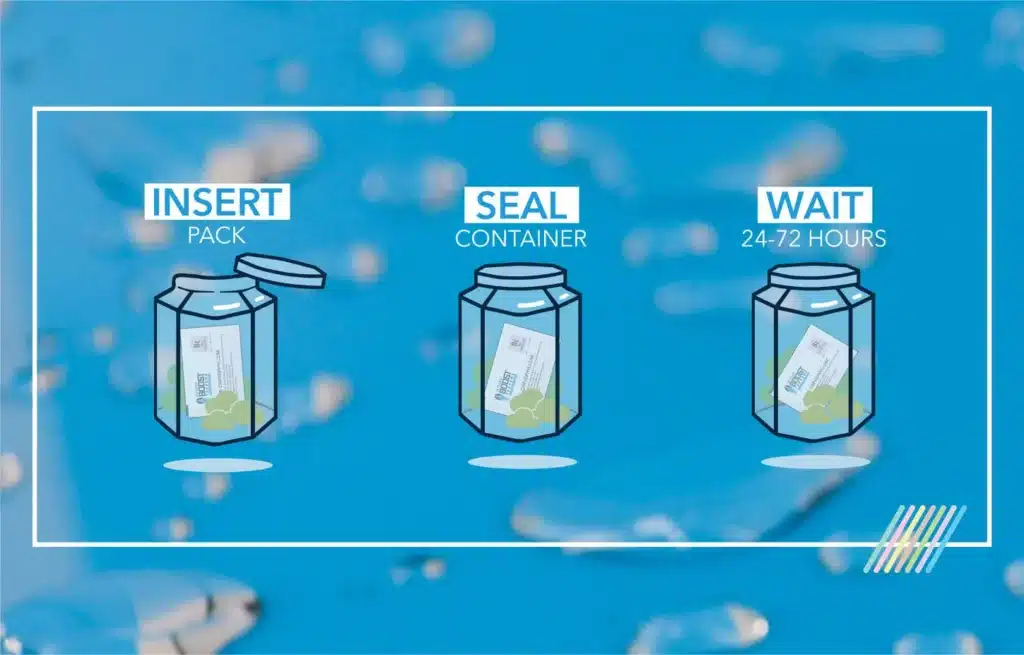
1. Use airtight containers: You can easily avoid oxidation of terpenes by storing them in airtight containers. Using secure, tight-fitting lids to create an effective barrier against air infiltration is fundamental to terpene preservation.
2. Opt for UV-protective glass jars: UV light is detrimental for terpenes; using UV-protective glass jars can prevent these compounds from breaking down and losing potency. Use amber or cobalt blue containers, as they can help shield terpenes from harmful light rays.
3. Store in cool, dark places: Putting cannabis in airtight, UV-protective glass jars is not enough; you should store these containers in cool and dark places. As heat and light are two of the most significant factors threatening terpene stability, storing your cannabis products in cool, dark places helps mitigate these risks.
4. Avoid frequent opening of containers: Limiting the frequency of opening containers is also a terpene saver act. When you open the container, terpenes are exposed to oxygen and potentially introduce contaminants. We recommend portioning your products into smaller containers for daily use while keeping the bulk stored securely.
Temperature Control
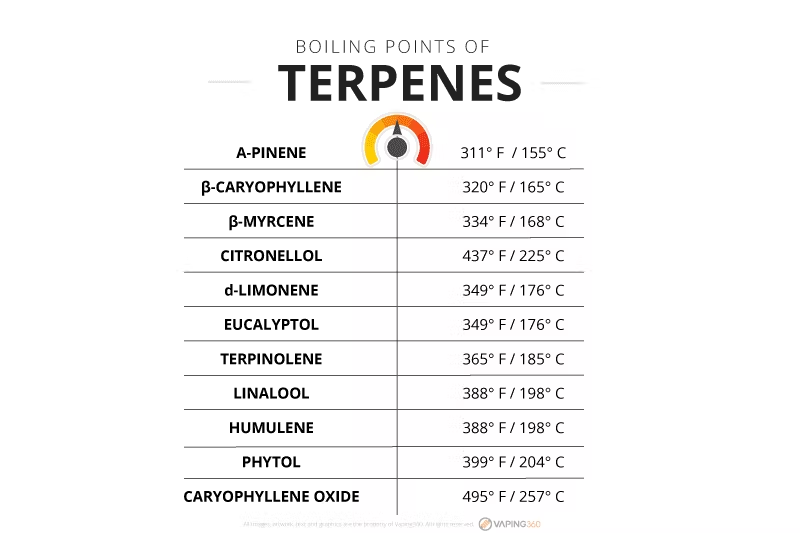
5. Maintain consistent low temperatures during storage: Keep consistently cool temperatures for terpene preservation after light control. Ideally, the cannabis products should be kept between 60-70°F (15-21°C) to slow down the degradation of terpene.
6. Avoid freezing, as it may cause terpene degradation upon thawing: Often, people assume that they can preserve terpenes for long periods by deep freezing. However, it can be counterproductive as the freezing and thawing process can damage the cellular structure of plant material. It will lead to terpene loss.
7. Use temperature-controlled environments for transportation: Manufacturers must use temperature-controlled shipping methods when transporting terpene-rich products, especially in bulk. This terpene-saver technique ensures that the products aren’t exposed to extreme temperatures during transit, which could compromise their quality.
Harvesting Practices
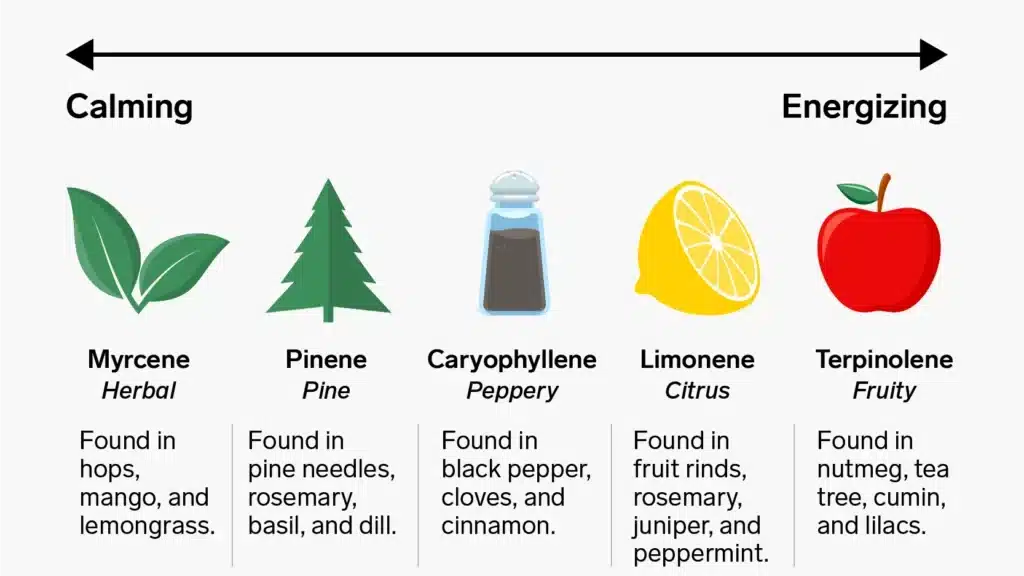
8. Harvest at the right time when terpene levels peak: The quality and potency of the terpenes are also affected by the harvesting process. Choosing the harvesting time to extract the maximum terpene content is crucial. You should select the optimal harvest window depending on the plant species to ensure you’re capturing the terpenes at their peak.
9. Handle plants gently to minimize terpene loss: Trichomes containing terpenes are highly fragile and can be easily lost through rough handling. During harvesting, use gentle techniques to avoid damaging trichomes or rupturing plant cells.
10. Use clean tools to prevent contamination: Contamination can accelerate terpene degradation, so always use clean, sanitized tools when handling plant material.
Drying and Curing
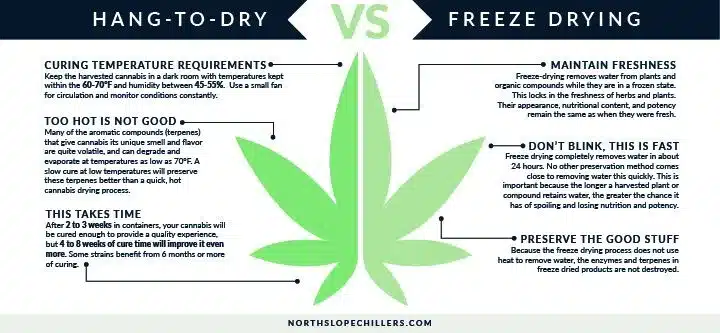
11. Dry plants slowly at low temperatures: To accelerate extraction, do not dry plants rapidly, as it damages terpene preservation. Slow, low-temperature drying helps retain more terpenes than rapid, high-heat methods.
12. Monitor humidity levels carefully during curing: Apart from drying plant material in a low light, cool place, maintain proper humidity. For maximum terpene preservation, aim for a relative humidity between 55-62%. It will prevent mold growth while preserving terpenes.
13. Avoid over-drying, as it can strip terpenes: Dry plants sufficiently to prevent mold, but avoid over-drying, leading to significant terpene loss. Closely monitor moisture levels in plant material and stop the drying process once the optimal moisture content is reached.
Extraction Techniques
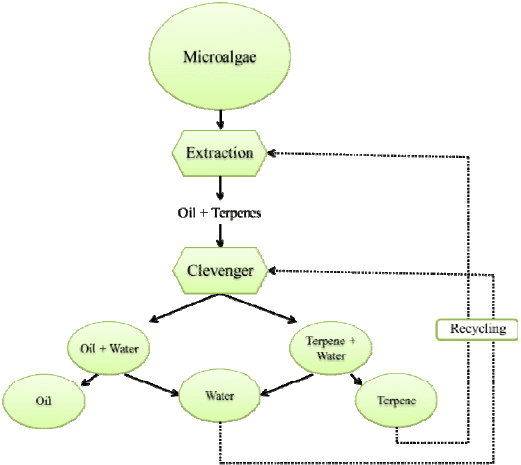
14. Use solventless extraction methods: Among all cannabis extraction methods, solventless extraction techniques, such as rosin pressing, can be excellent for terpene preservation. Such techniques avoid using harsh solvents that can strip away delicate terpenes.
15. Optimize extraction temperatures to prevent terpene loss: Like maintaining storage temperature, carefully controlling the temperature using heat-based extraction methods is essential for avoiding terpene degradation. Each terpene has a different boiling point; understanding these thresholds is crucial for preserving the full spectrum of terpenes during extraction.
16. Preserve native terpenes with low-heat methods: Low-heat extraction methods, such as cold-press or supercritical CO2 extraction, can help preserve terpenes in their native state. Such low-heat extraction techniques minimize the thermal degradation of terpenes.
Packaging Best Practices
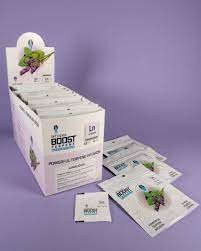
17. Vacuum seal to limit oxygen exposure: To avoid oxidation of the products causing terpene degradation, use vacuum sealing. It is an excellent terpene-saver technique that removes air from the packaging, significantly reducing the risk of oxidation.
18. Choose inert gas flushing to protect terpenes: Manufacturers can further protect the products by flushing packages with inert gases like nitrogen or argon. Using these gases displaces oxygen and creates a protective atmosphere for terpenes.
Additional Tips for Long-Term Preservation
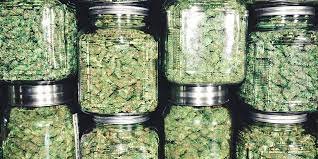
19. Avoid exposure to direct sunlight during handling or storage: When handling or storing terpene-rich products, avoid direct exposure to sunlight. Even brief exposure to direct sunlight can degrade terpenes. Ensure your facilities have shaded areas or work artificial lighting to minimize UV damage.
20. Test and monitor terpene levels periodically for quality assurance: Take a proactive approach to terpene preservation by regularly testing terpene levels. It will help you assess the effectiveness of your preservation methods.
Common Mistakes to Avoid
To effectively preserve terpenes, you should also avoid these common pitfalls while following best practices:
- Do not use plastic containers to store terpene-rich products. Plastic containers often leach chemicals and are inadequate to protect against light or air.
- Keep your facilities at appropriate humidity levels to avoid mold growth and terpene degradation.
- Consumers need to avoid storing the products near heat sources.
- Also, terpene products should not be stored in places where temperature fluctuates. Consistent temperatures are key for terpene preservation.
Benefits of Preserving Terpenes
Effective terpene preservation techniques offer numerous advantages, including:
- Enhanced flavor and aroma: As terpene is the primary compound adding aroma and flavor to a product, well-preserved terpenes maintain the rich, complex flavors and aromas that define high-quality plant-based products.
- Improved therapeutic effects: Several terpenes have potential therapeutic properties. Preserving these compounds ensures that the consumers fully benefit from the entourage effect and the individual properties of each terpene.
- Better product quality and customer satisfaction: High terpene preservation boosts the quality of the products, leading to increased customer satisfaction and brand loyalty.
Conclusion
Understanding how to preserve terpenes is essential for both manufacturers and consumers. The discussed terpene preservation techniques can significantly extend the life and maintain the quality of your products. Remember that the terpene saver process is ongoing, requiring attention to detail and a commitment to quality.


